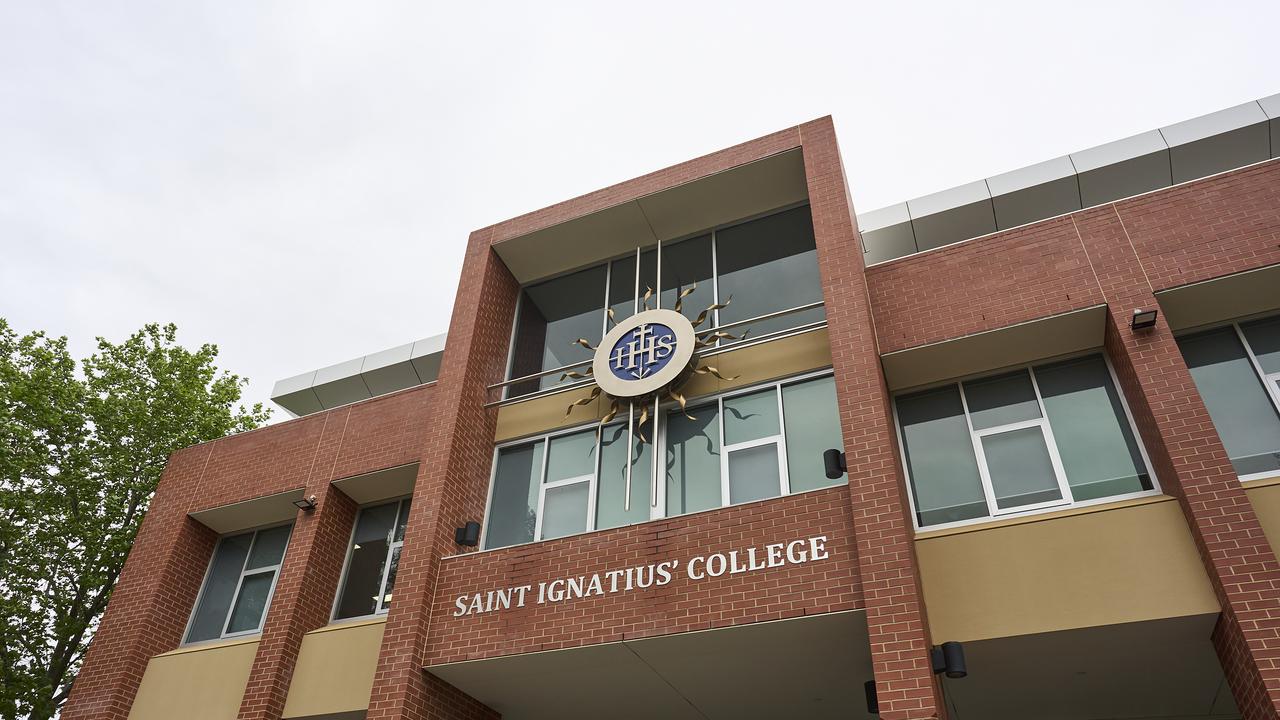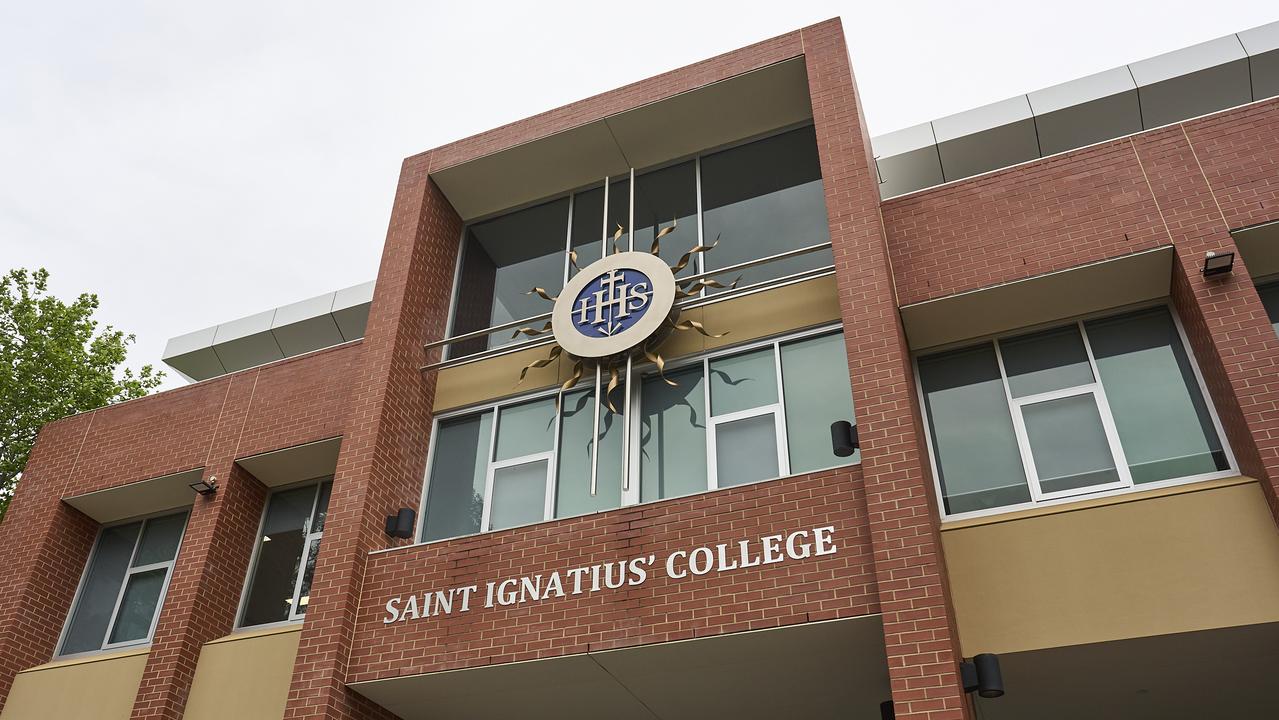NAPLAN results: Cheaper SA private schools punch above their weight in test results
SA’s top private schools charge a pretty penny for their education, but the latest NAPLAN results show the marks might not be worth the bill.
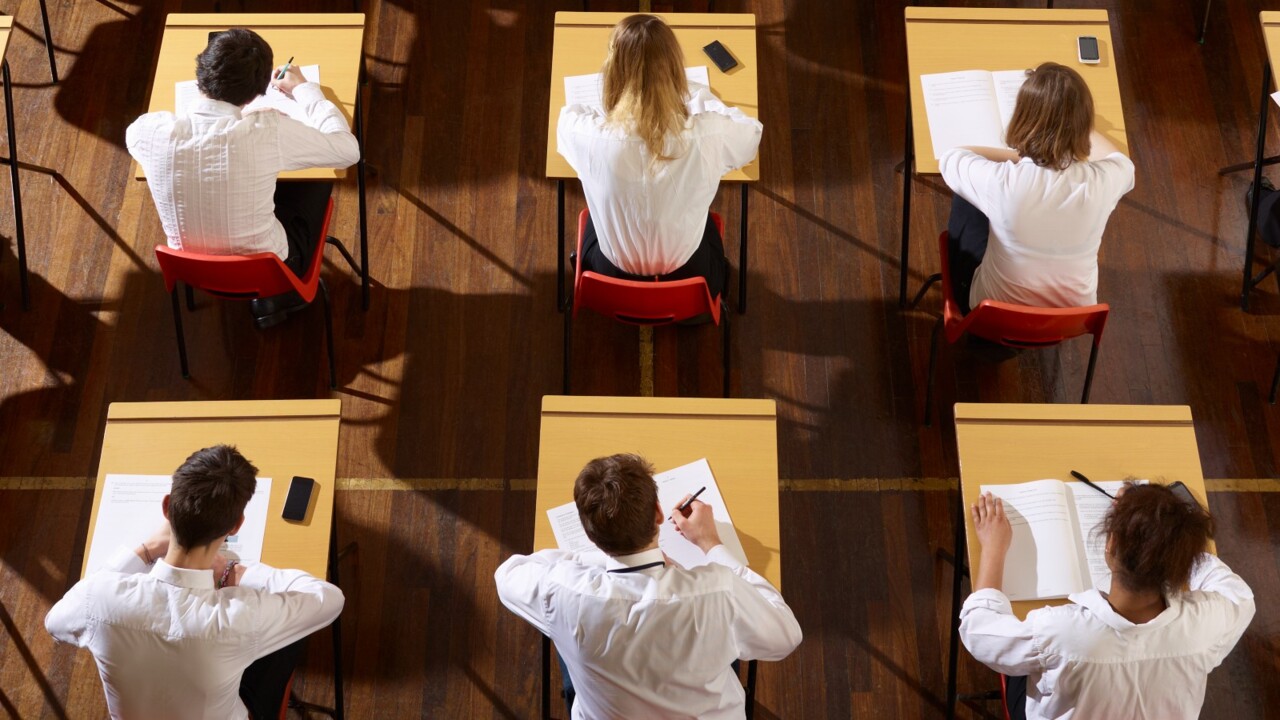
Education
Don't miss out on the headlines from Education. Followed categories will be added to My News.
Some of South Australia’s cheaper private schools are punching well above their weight in the classroom, with the latest NAPLAN results showing they outperformed many much more expensive campuses.
The school-by-school results for Year 3, 5, 7 and 9 students numeracy and literacy tests from 2021 have been released today.
St Peter’s Girls’ School, Wilderness School and Pembroke were among schools with the top overall average results across all year levels – annual school fees for the three are between $27,883 and $28,293 for year 12.
But Emmaus Christian College, which charges $8660 annually, also fared particularly well among private schools.
Its average results from reading, writing, spelling, grammar and numeracy tests across all year levels were on par with or above some much more expensive schools, such as Scotch College ($28,040).
Pedare Christian College performed as well as some schools that charged up to $7000 more.
The Australian Curriculum, Assessment and Reporting Authority (ACARA) usually releases the data annually, but education ministers agreed to cancel the 2020 NAPLAN tests due to the pandemic.
Emmaus Christian College principal Andrew Linke said his school, which has campuses in South Plympton and Brooklyn Park, often performed well against larger private schools.
However, he said NAPLAN did not affect how students were taught. “This is not just a one-year blip for Emmaus. It’s not something we focus on – we don’t teach the test.”
Emmaus embraced both traditional teaching measures and “the best of the new” methods, Mr Linke said.
“Some schools have really embraced project-based learning as a style and that has its merits but if it’s all you do, it undercooks kids in other areas as well,” Mr Linke said.
Pedare Christian College principal James Tamblyn said creating a curriculum that students enjoyed was key to good NAPLAN results.
“For us what’s at the heart of great teaching and learning is student engagement,” Mr Tamblyn said.
“We believe that if students love learning, if they’re passionate about learning, if they have a growth mindset, then all of our learners are capable of achieving incredible learning outcomes.”
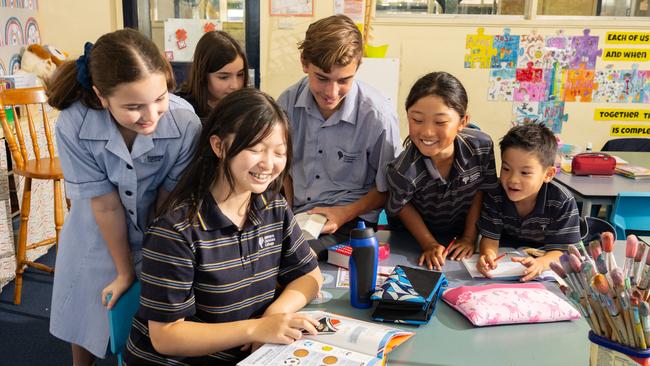
As an example, he said, the school had a team of students heading to Texas to compete in a robotics championship in May – and Mr Tamblyn believed that program was helping boost students’ progress in numeracy and literacy.
This year, more than 500 Australian schools showed well above the average progress of students with the same starting score and similar backgrounds in at least one learning area.
Of these, about a third were in regional or remote areas.
The SA Education Department did not supply a full list of the schools with the most improved results.
ACARA chief executive David de Carvalho said schools punching above their weight were achieving above the progress level expected, compared with their students’ results from two years ago.
“Let’s find out what those schools are doing and think about how good practice can be replicated,” he said.
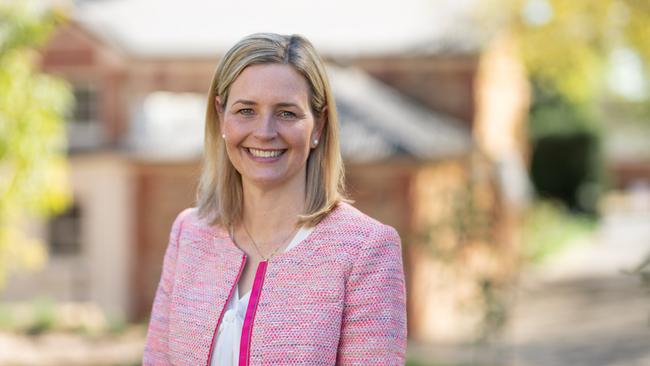
Association of independent Schools of South Australia chief executive Carolyn Grantskalns said NAPLAN showed the results of students’ tests on “one day” and education was “a marathon – not a sprint”.
“While it’s useful … schools will adopt a range of approaches to support student learning,” she said.
“It’s by no means the be all and end all.
“I think parents look at the whole offering of a school and they’ll pick the school that has the kind of experience that they want their child to have and that supports their family values.”
Mrs Grantskalns said a number of independent schools had shown strong growth in year 5 students’ results. At Seymour College, principal Vanessa Browning said NAPLAN was not the only benchmark the school used, pointing to the college’s strong year 12 results last year.
“We were particularly pleased that our Class of 2021 … cohort achieved 75 merits across 28 subjects and a median ATAR of more than 92,” she said. “Nevertheless, we are always striving to improve every area of our educational offering and have introduced some additional programs in response to some of the NAPLAN data.”
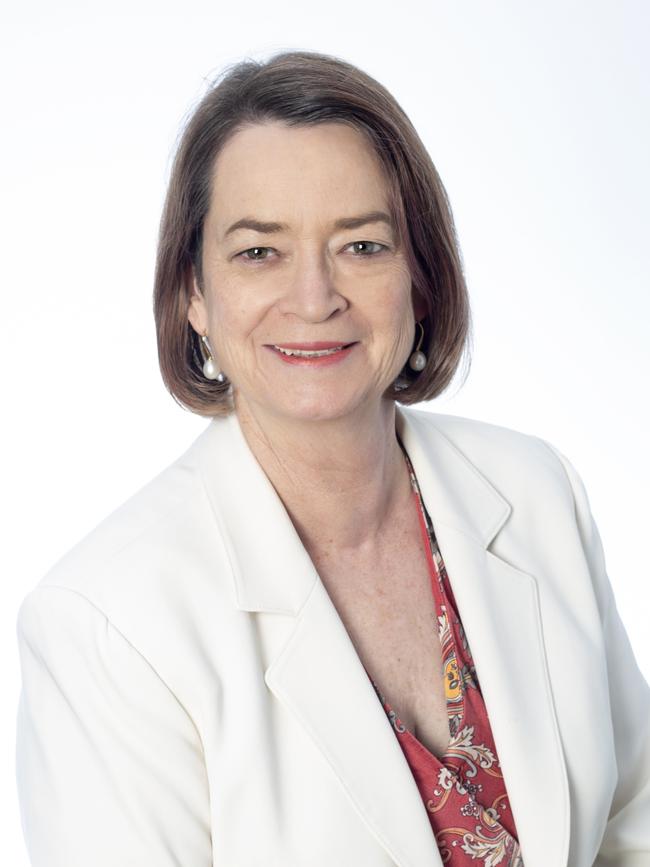
Catholic Education SA highlighted six schools that had shown increases in their scores significantly greater than both the national average gain and the improvements made by students at similar schools. They included: Our Lady of the River School, Berri; Our Lady of Sacred Heart College, Enfield; Our Lady Queen of Peace School, Albert Park; St Dominic’s Priory College, North Adelaide; St Joseph’s Memorial School, Norwood and St Margaret Mary’s School, Croydon Park.
Catholic Education SA deputy director John Mula said the results reflected the schools’ “whole-community commitment to improvement”. “Great things are happening across our state with our schools committed to (Catholic Education)’s overarching strategy to achieve improvement in student learning outcomes, and that commitment should be acknowledged and celebrated,” he said.
St Margaret Mary’s School principal Kelly Campbell said 65 per cent of her students spoke a language other than English at home. “Across all year levels teachers deliver a program that explicitly models, teaches, and assesses strategies for successful language and writing,” she said.
NAPLAN is a nationwide academic measure that can determine whether or not young Australians are developing the literacy and numeracy skills that provide the critical foundation for other learning.



